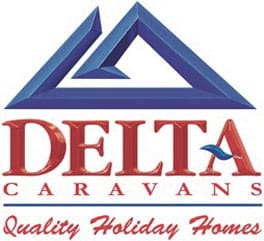Planning Permission for Static Caravans, Lodges, Mobile Homes & Granny Annexes
UK Holiday Homes Ltd has been providing caravans to the public for many years to site on private land for either recreational use or as a separate dwelling while building a house or saving for a mortgage.
We have always been involved in the planning permission side for these units, so with our vast experience we have decided to offer this to our new customers in an easy to find help guide on our web site, you will find below the definition of a Static Caravan, Lodge or Mobile Home to help answer a few questions before you make the decision to buy from us.
We offer our services right from the word go and can help you through every stage of the planning process with our dedicated team of planning consultants who stretch to the 4 corners of the United Kingdom.
What is the Definition of a Caravan?
The term ‘caravan’ is defined in the Caravan Sites and Control Act 1960 as:
What is Permitted Development?
In some cases a caravan can be stationed on land without the need to obtain planning permission under The Town and Country Planning (General Permitted Development) Order 1995 as amended. These are called “permitted development”. Whether or not your proposal will be classed as permitted development depends on a number of factors. These include what you want to do and where, and the constraints on and around your property. Some examples of permitted development rights for caravans, where permission will not normally be required are:




